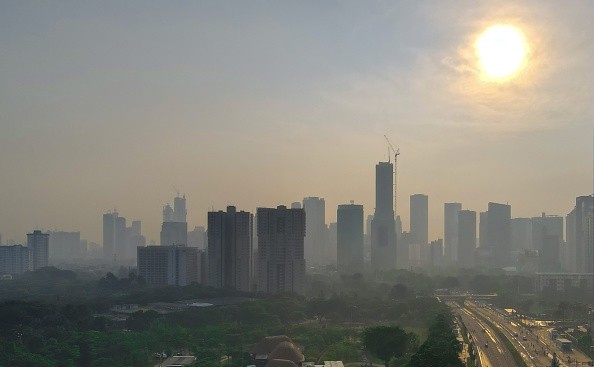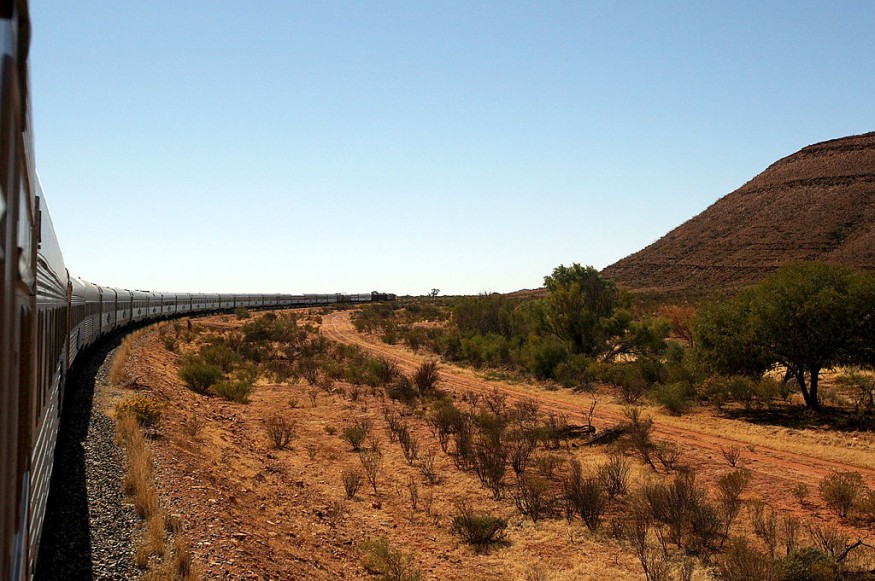Experts have questioned how a contentious energy technology that does not now exist in Australia could be classified as a significant source of greenhouse gas emissions reductions in the Morrison government's aim to achieve net-zero emissions by 2050.

According to the government's modeling estimate for its " technology not taxes " strategy, a technique called BECCS - bioenergy with carbon capture and storage - would remove nearly 15% of the nation's gross greenhouse gas emissions by 2050, according to the government's modeling estimate for its "technology not taxes" strategy.
However, the strategy, which includes burning plants or garbage for energy and then trapping and injecting carbon dioxide underground, is not one of the government's top priorities.
Criticizing BECCS

Experts have previously criticized the government's modeling study for faulty assumptions and a methodology that allows the gas sector to thrive while depending on outside offsets.
They questioned how the government arrived at the BECCS number, with some claiming the process was untested, troublesome, and environmentally hazardous.
BECCS requires three critical aspects in theory: the availability of biomass such as trees, plants, or garbage, as well as land and water to produce it; a power plant to burn the biomass and absorb CO2; and finally, a geological formation underground close by to inject the CO2.
Related Article : Scientists are Saying that Removing CO2 from the Atmosphere is "No Longer Optional"
Revieing the Latest Progress Report
The government's latest progress report on its low-emission technology ambitions, released earlier this month, included no mention of BECCS.
According to the government's modeling estimate, BECCS would remove 38 million tonnes of CO2 through its technological plan by 2050, compared to 253 million tonnes of total emissions from sectors such as energy, transportation, and agriculture.
Requiring Large Swats of Land

According to the government's figures, about 14 million hectares - or about 6% of all Australia's agricultural land - would be required to generate emissions reductions at that level, according to Dr. Kate Dooley, a researcher at the University of Melbourne and an expert on how land could be used to mitigate climate change.
While Australia's vastness meant there were plenty of options to reduce emissions on land, Dooley said much of this potential could be realized by minimizing clearing.
Tony Wood, the Grattan Institute's energy and climate change program director, stated that putting BECCS in the government's strategy at all "would be problematic because the research states that the technology is not commercially feasible in the absence of incentives."
A "Farce"
The inclusion of BECCS in the government's modeling, according to Tim Baxter, a senior researcher at the Climate Council, is a "farce."
"It's ludicrous to believe that BECCS would get off the ground on this scale in Australia without rigorous, strategic planning," he added.
BECCS will "likely work," according to Bill Hare, CEO of Climate Analytics, although it has yet to be proved at scale anywhere in the globe.
In Australia, very little study has been done on the potential for BECCS. According to one research released in 2018, BECCS might store up to 25 million tons of CO2 per year by 2050.
The University of Melbourne's study, on the other hand, relied on waste biomass to "avoid the ecological risks and societal problems of specialized energy crops."
Government Incentives
Prof Peter Cook, a co-author of the report and carbon capture and storage (CCS) consultant to business and government, said he was unaware of any BECCS projects in Australia and only a limited number overseas where government incentives were being offered.
"You can't do it everywhere, you need the appropriate rocks, or you have to pipe [the CO2] a long way," he said of combining bioenergy with CCS, which is one of the government's priority technologies.
"Consistent with previous long-term emissions modeling exercises, including work by the [International Energy Agency] and the United States, the [Global Trade and Environmental Model] incorporates BECCS," a spokeswoman for the minister said in a statement.
For more news update about Environmental Action, don't forget to follow Nature World News!
© 2025 NatureWorldNews.com All rights reserved. Do not reproduce without permission.





